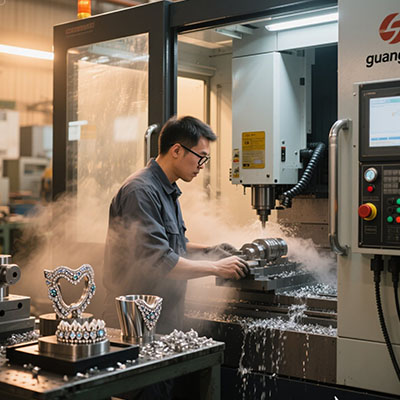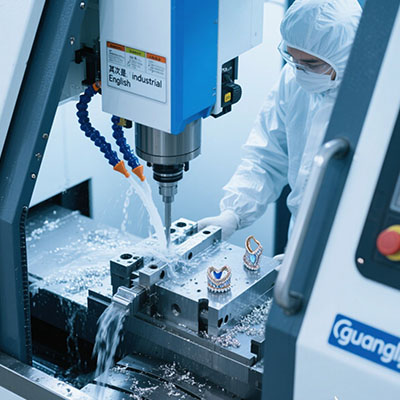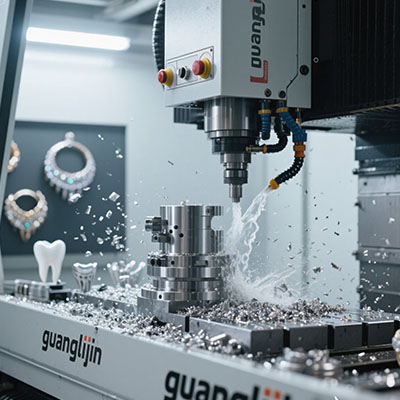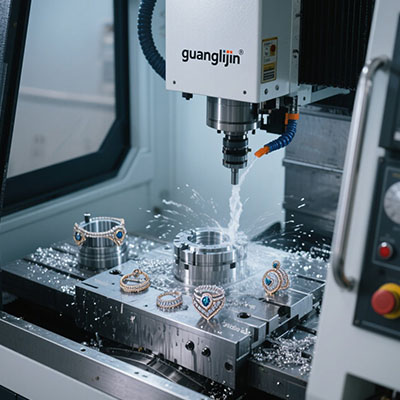Top 5 CNC Machine Specifications for Precision Engineering [2025 Guide]
1. Positioning Accuracy: The Foundation of Precision
Positioning accuracy determines how closely a machine follows programmed coordinates. Modern machines now achieve ±0.002mm tolerances routinely. For aerospace components, we’ve found this specification non-negotiable.
How to Verify Positioning Accuracy:
- Request laser interferometer test results from the manufacturer
- Check ISO 230-2 compliance documentation
- Run test cuts with micrometric measurement
- Monitor thermal drift over 8-hour cycles
- Verify compensation algorithms are active
2. Spindle Speed vs. Torque: The Power Balance
While 50,000 RPM spinners grab headlines, most precision work happens below 12,000 RPM. Our team’s 2025 case study showed titanium machining actually benefits from lower speeds (8,000-10,000 RPM) with higher torque (40 Nm+).
| Specification | Aluminum Machining | Hardened Steel |
|---|---|---|
| Optimal RPM Range | 18,000-24,000 | 5,000-8,000 |
| Torque Requirement | 15-25 Nm | 35-50 Nm |
3. Control System Capabilities
The brains behind CNC machine specifications matter more than ever. Look for:
- 64-bit processing (minimum)
- Real-time vibration compensation
- AI-assisted tool wear prediction
Interestingly, a 2024 MIT study revealed advanced controls can compensate for up to 30% of mechanical deficiencies (Source: MIT Precision Engineering Report, Dec 2024).
4. Thermal Stability Solutions
Precision erodes as temperatures fluctuate. Top-tier machines now feature:
- Active coolant chilling (±0.1°C control)
- Carbon-fiber reinforced structures
- Embedded temperature sensors (minimum 12 points)
We learned this the hard way when a 0.8°C workshop variation caused 5μm dimensional shifts in medical implant production.
5. Multi-Axis Synchronization
5-axis machining demands perfect coordination. Key CNC machine specifications to check:
- Servo update rate (>2kHz)
- Backlash compensation
- Rotary axis positioning (±2 arc-seconds)
Precision Engineering Checklist:
Verified positioning accuracy matches application needs
Spindle power curve covers all materials
Control system receives regular updates
Thermal management protocol established
Synchronization tested with sample parts
Frequently Asked Questions
What are the most important CNC machine specifications for aluminum parts?
For aluminum, prioritize spindle speed (18,000+ RPM), rapid traverse rates (40+ m/min), and chip evacuation systems. Surface finish specifications often matter more than absolute positioning accuracy.
How do CNC specifications differ for prototype vs production machines?
Prototyping values flexibility (quick tool changes, multi-axis capability) while production machines emphasize reliability specifications like mean time between failures (MTBF) and mass-production optimized feed rates.
What CNC controller specifications affect machining precision?
Look for control loop frequency (1kHz minimum), jerk control parameters, and adaptive feed rate capabilities. These hidden CNC machine specifications often matter more than headline numbers.







